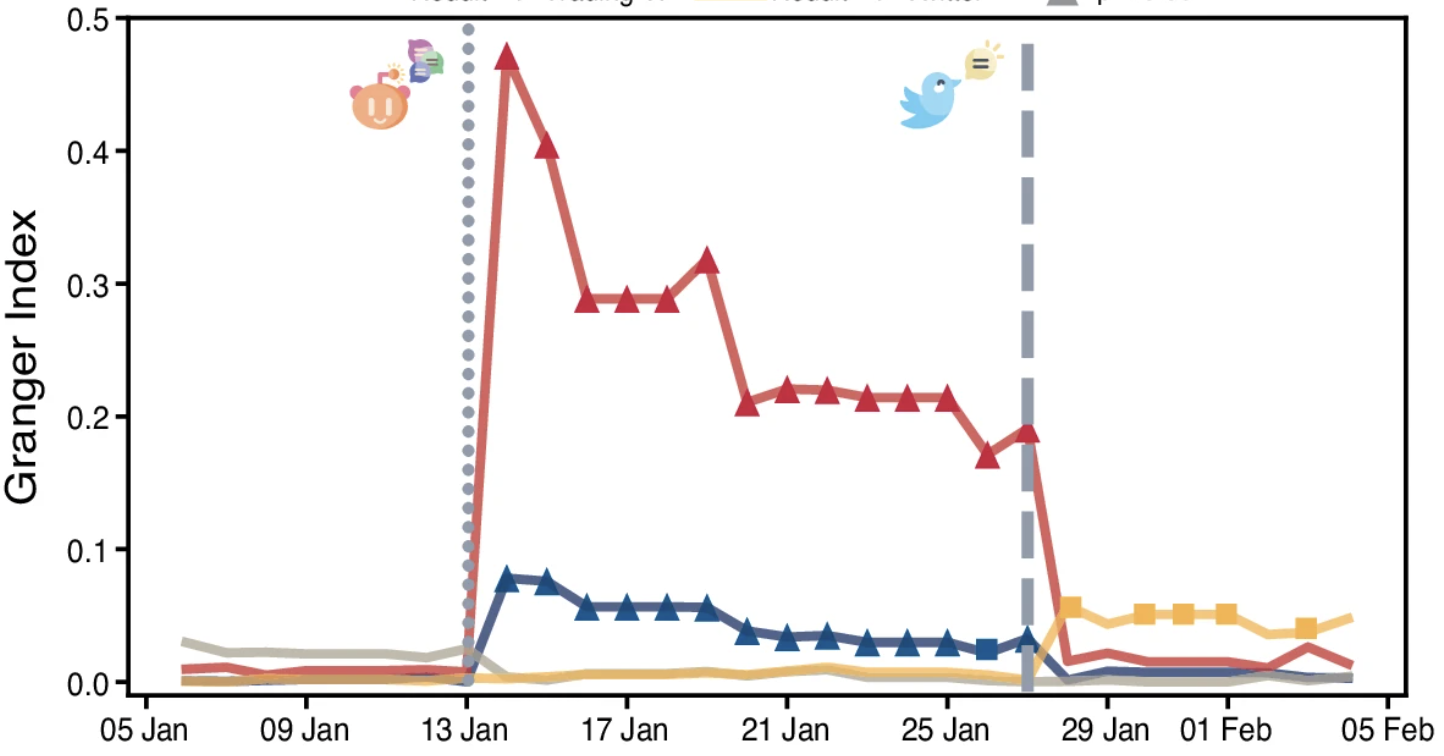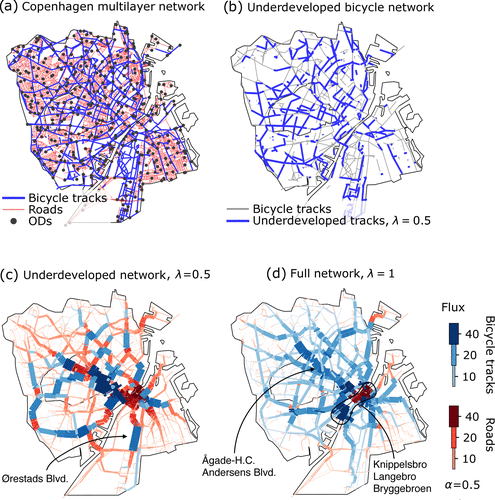Big congratulations to Dr. Anastassia Vybornova – she defended her thesis yesterday, on Urban Data Science for Sustainable Mobility! 🥳 🎓 This makes Anastassia the first PhD student who did their whole PhD journey at NERDS – about which we are especially proud, besides her brilliant scientific accomplishments.
Supervisor: Michael Szell
Committee: Luca Rossi, Malene Freudendal-Pedersen, Robin Lovelace
Read her thesis here: https://en.itu.dk/Research/PhD-Programme/PhD-Defences/PhD-Defences-2025/March/Anastassia-Vybornova
The thesis spans 8 papers that advance Urban Data Science, exploring how this emerging field can ethically support human mobility that is both environmentally and socially sustainable, through the two lenses of Data and Networks.
In her research she develops algorithms and pipelines for multi-purpose spatial network simplification, for data quality assessment and planning of bicycle networks and low-traffic neighborhoods, showcasing applications to various cities. Further, she outlines pathways for incorporating data ethics into computational approaches to spatial manifestations of social inequalities. Lastly, she investigates the impact of transportation infrastructure on social connections in cities, quantitatively corroborating that urban highways are barriers to social ties. Stemming from various interdisciplinary collaborations, the results of this thesis cover multiple conceptual levels of Urban Data Science, from open source software development and data quality assessment to transportation network planning and the intersection of social and spatial networks. Through these efforts, this thesis advances the emerging field of Urban Data Science, showcasing the field’s potential to make human mobility more sustainable.
With her PhD completed, Anastassia starts a postdoc position at SODAS with Roberta Sinatra, retaining a visiting affiliation at NERDS. Anastassia has been both a professional and social cornerstone of NERDS, so we are lucky we will keep seeing her around. 💜
Update April 4th 2025: The defense and time in Copenhagen made a lasting impact on our external examiner: https://www.robinlovelace.net/post/copenhagenize/

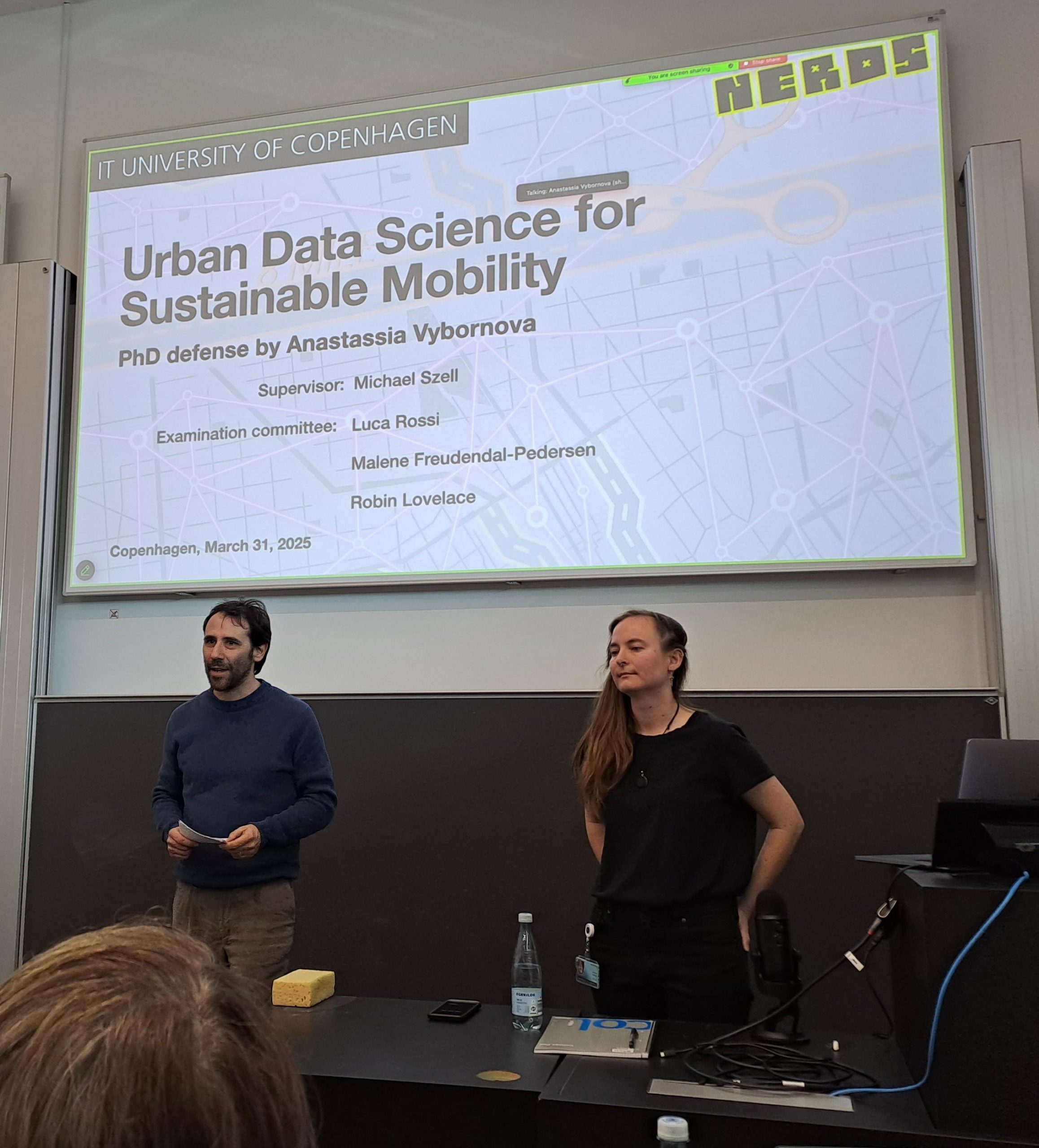
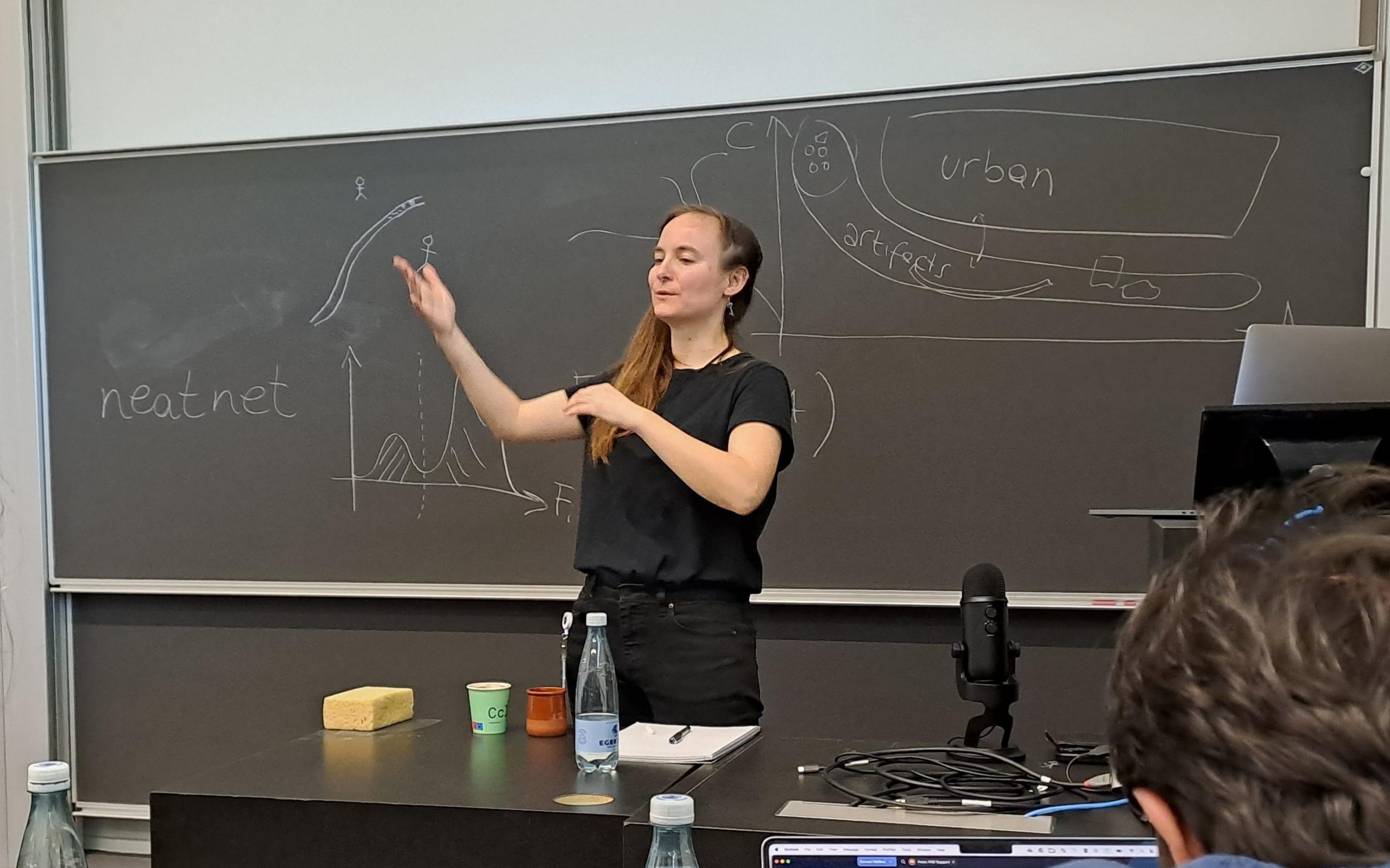
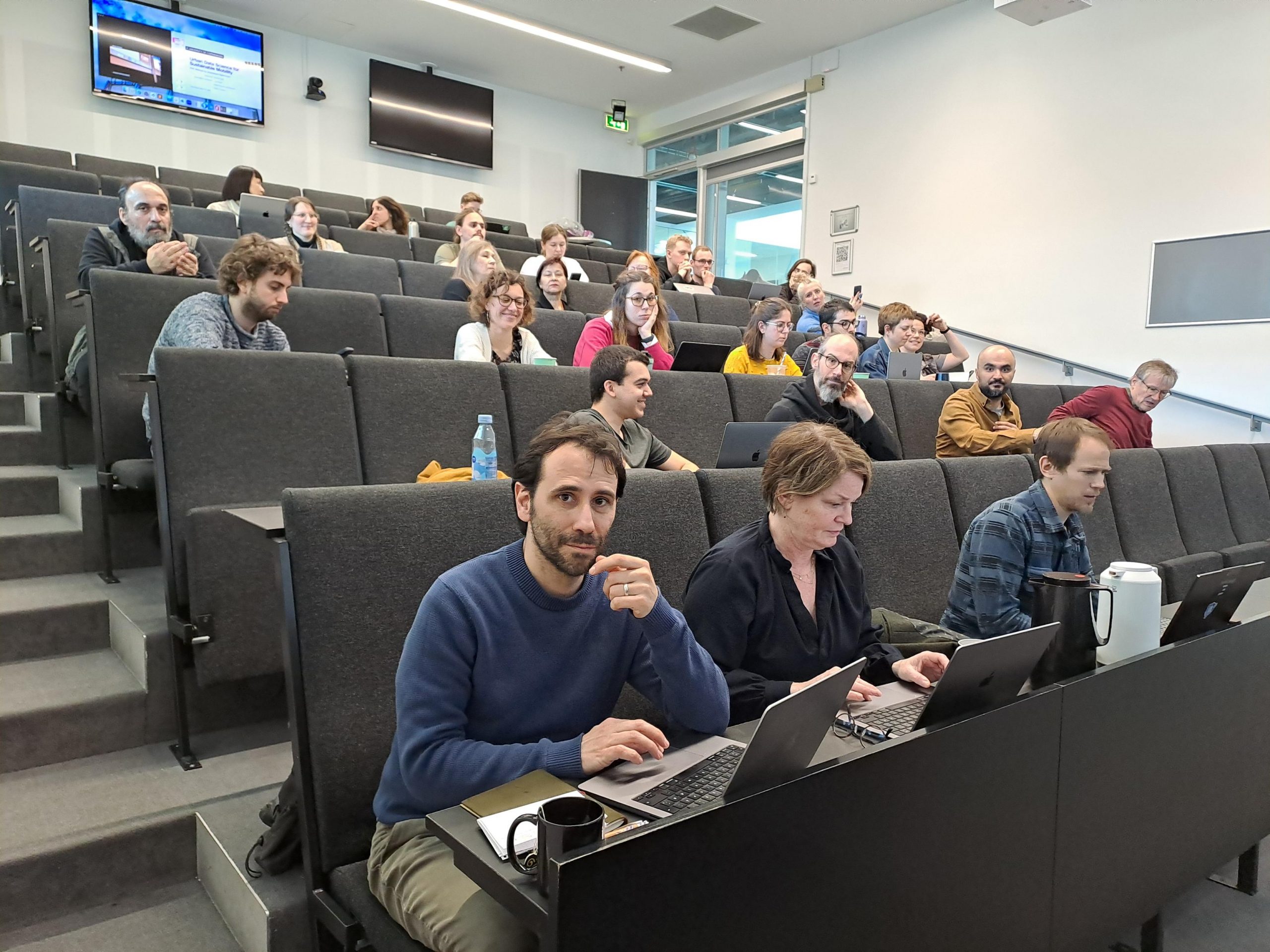
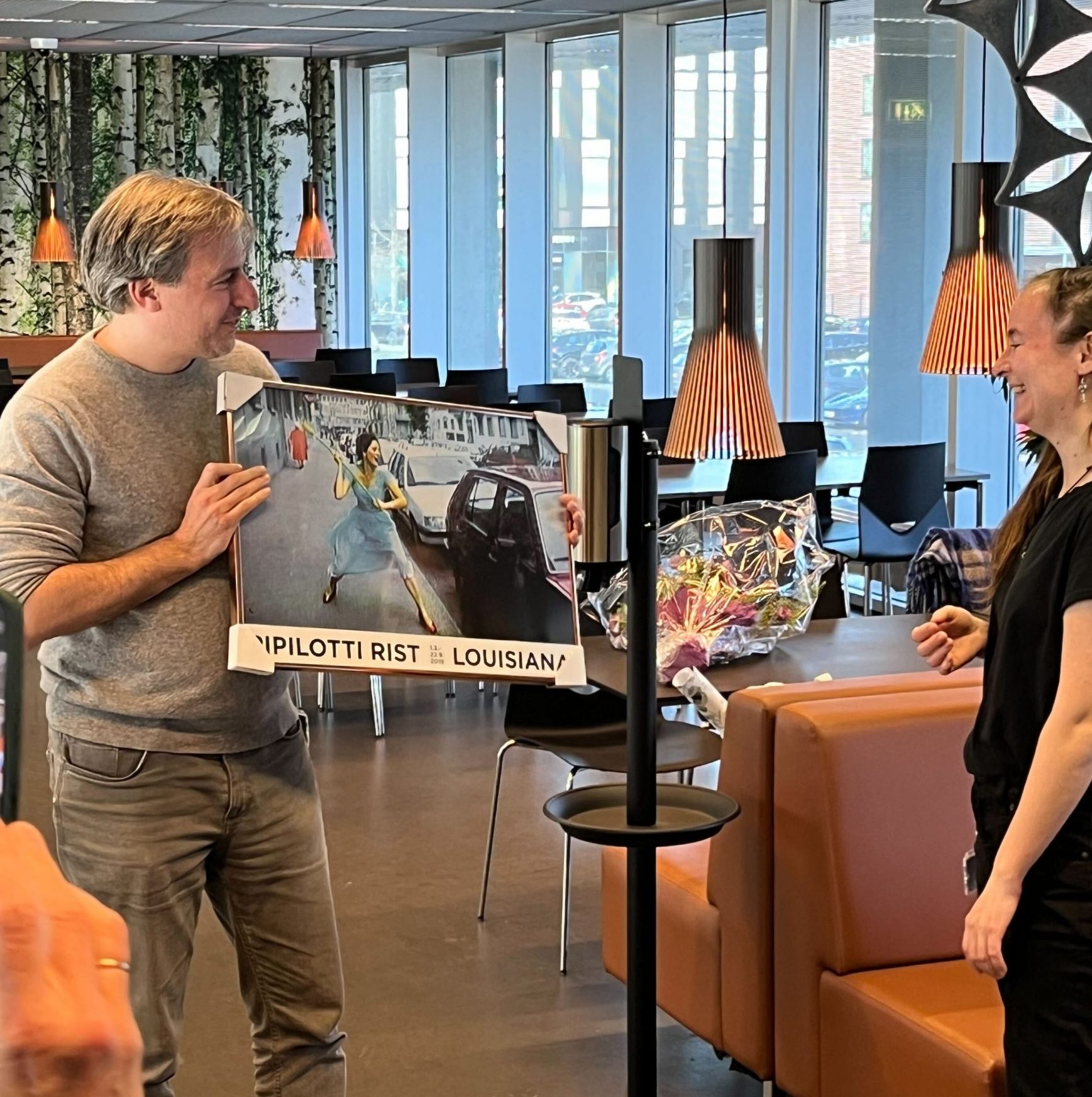
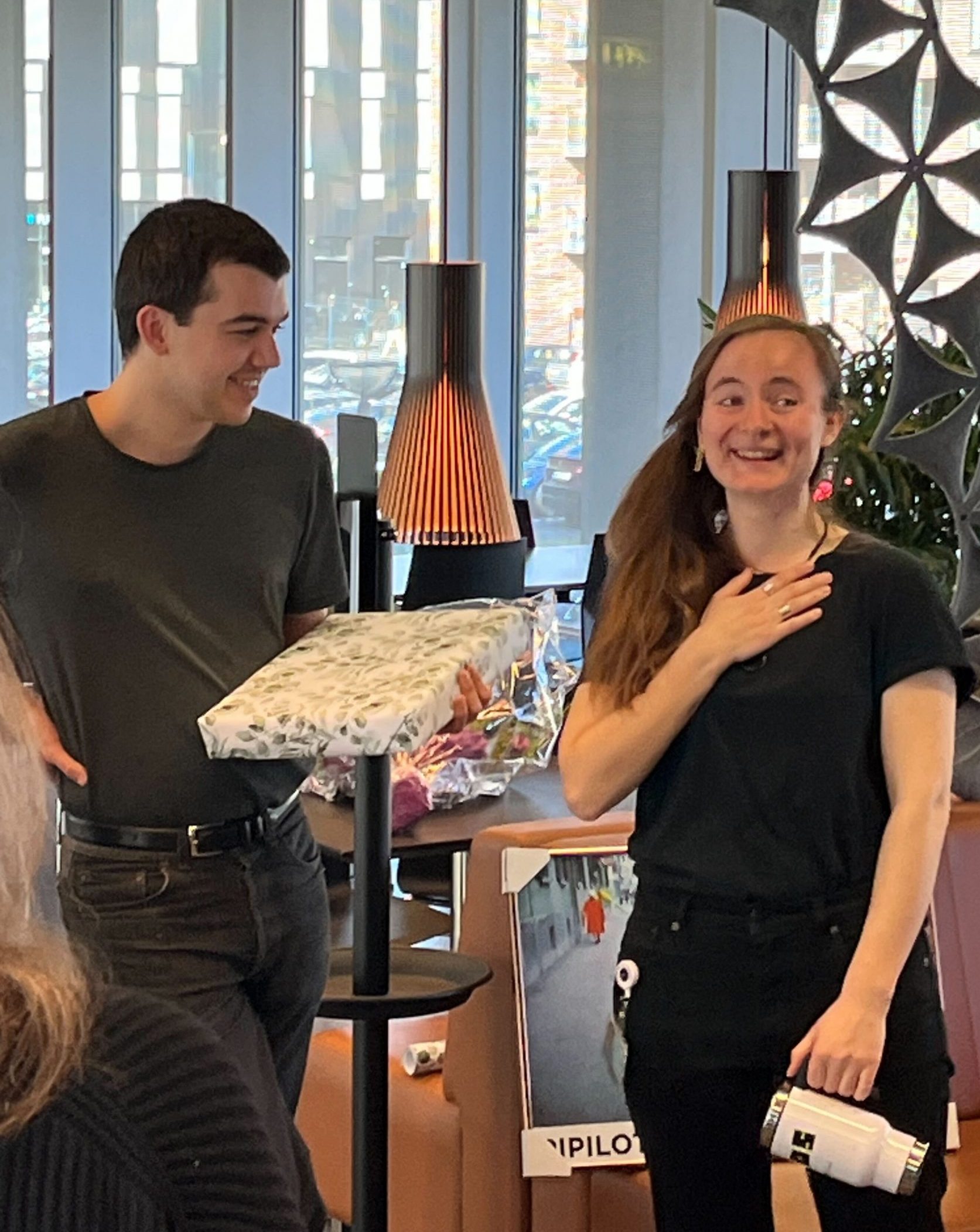
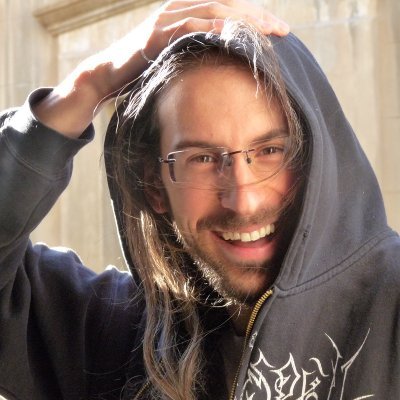

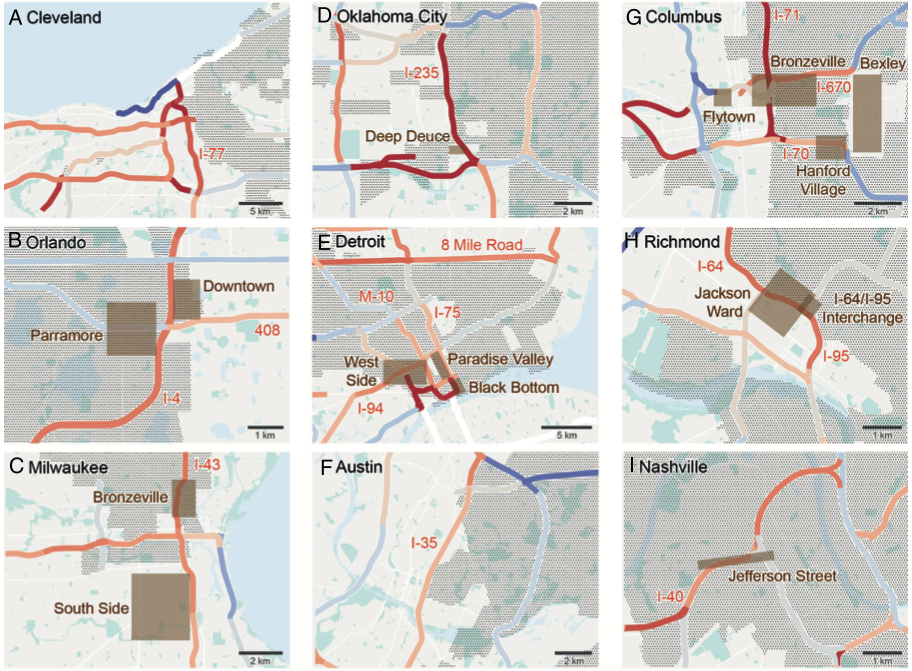
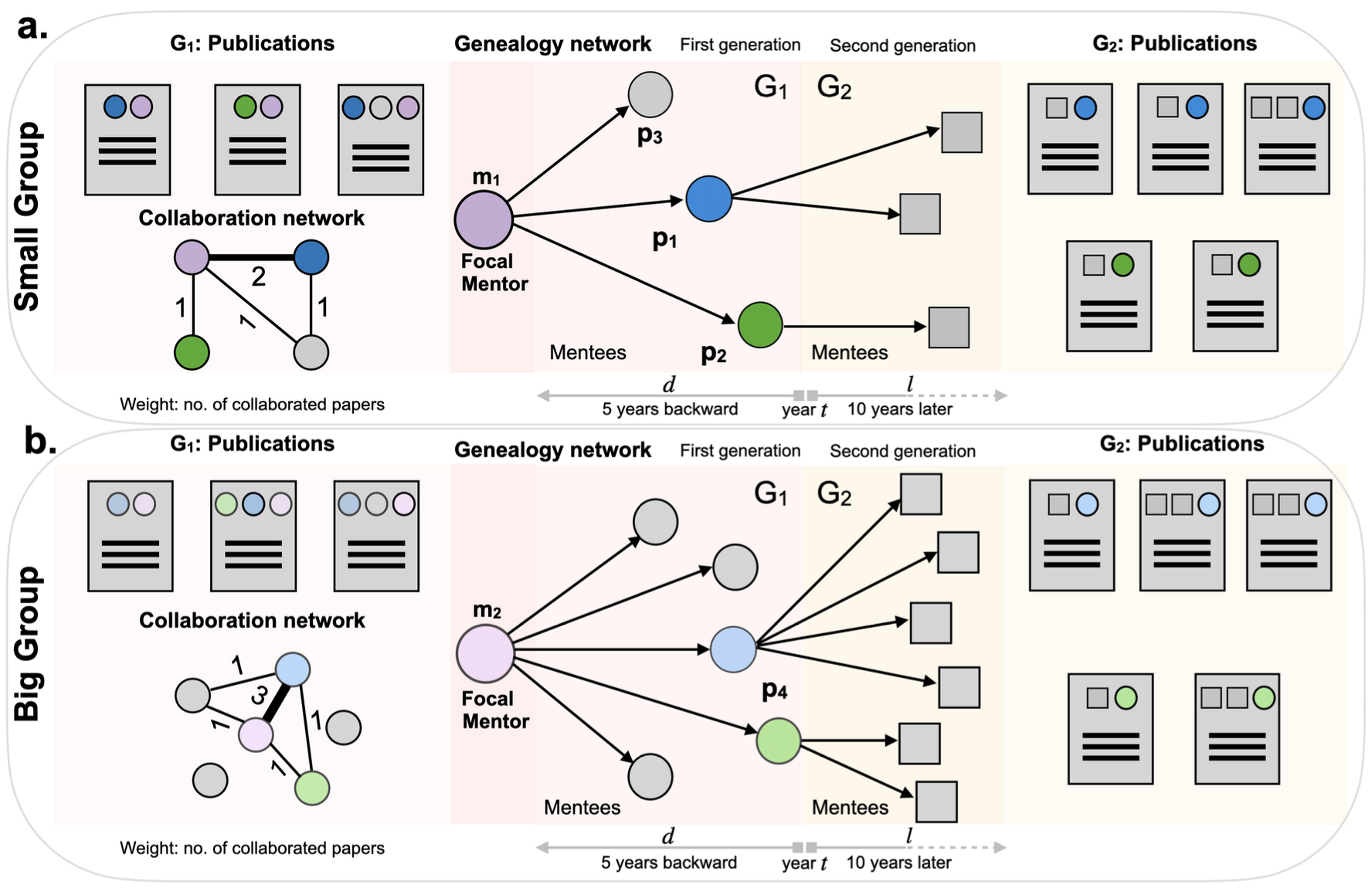
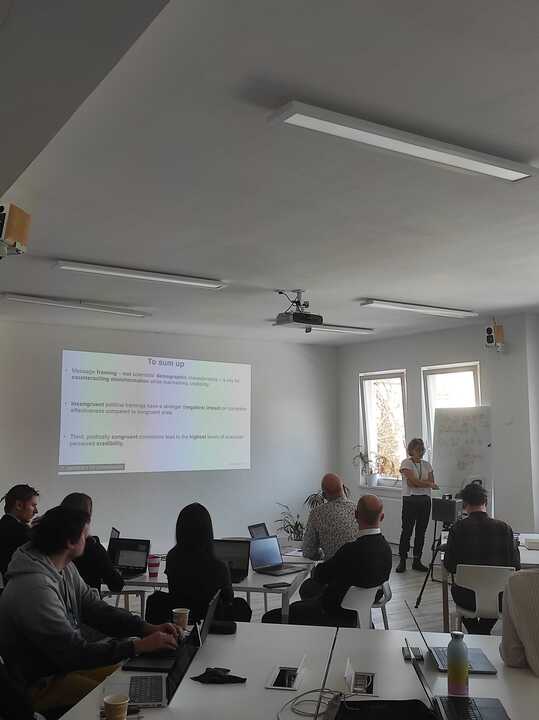
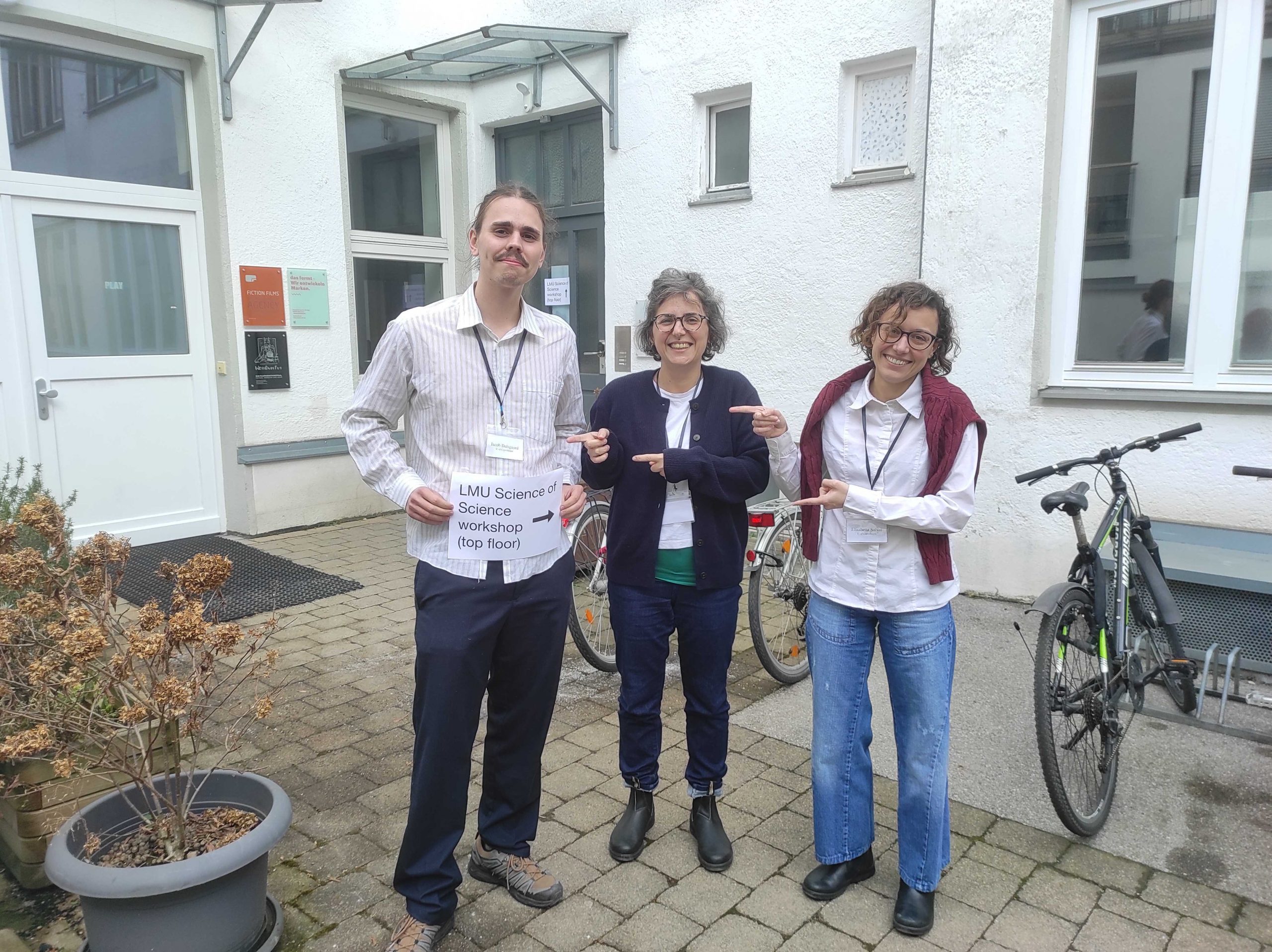
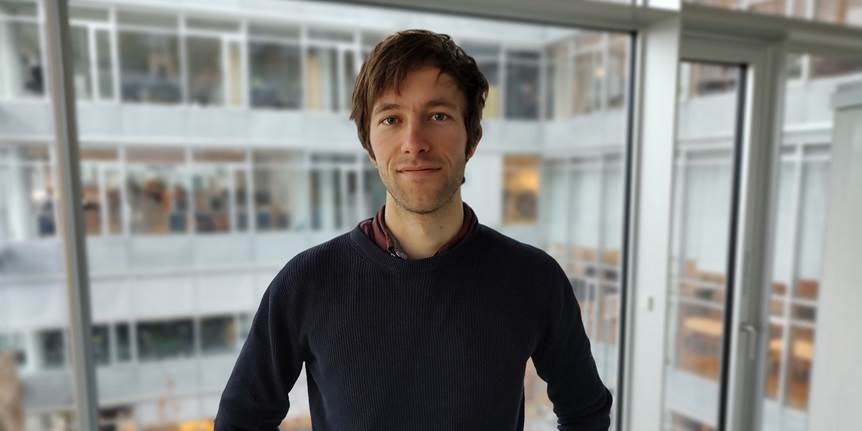
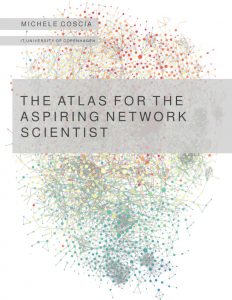 NERDS member Michele Coscia has updated his textbook for the Network Analysis and Advanced Network Science classes he teaches at ITU. This “Atlas for the Aspiring Network Scientist”, has now reached version 2.0, and 916 pages, and is available for anyone to read for free:
NERDS member Michele Coscia has updated his textbook for the Network Analysis and Advanced Network Science classes he teaches at ITU. This “Atlas for the Aspiring Network Scientist”, has now reached version 2.0, and 916 pages, and is available for anyone to read for free: 